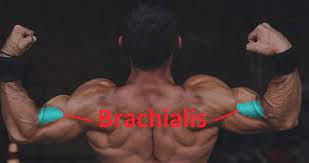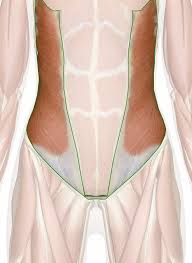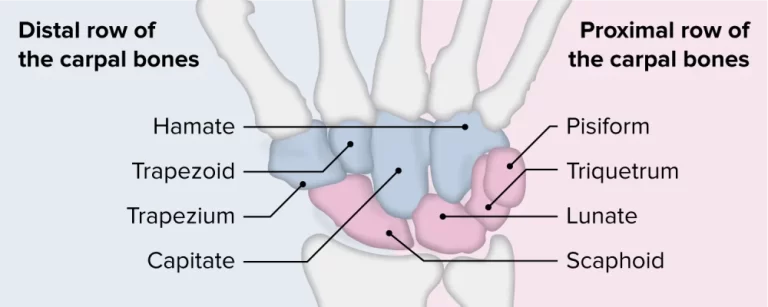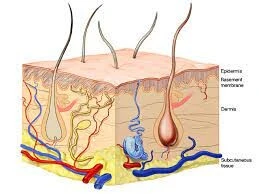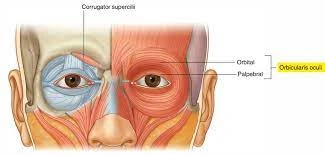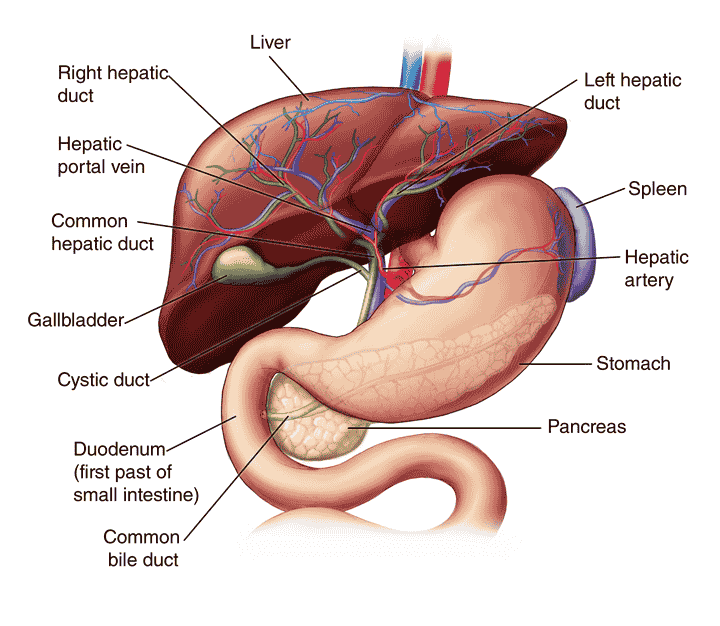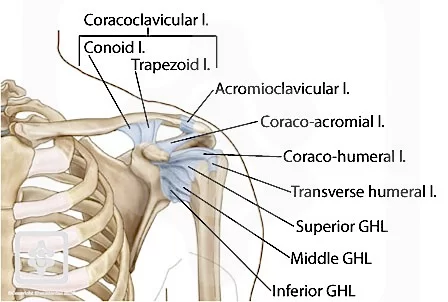Brachialis Muscle
Table of Contents
What is the Brachialis muscle?
The brachialis (Teichmann muscle), also known as the brachialis anticus, is a muscle located in the upper arm that works as a flexion of the elbow.
It is located under the biceps brachii, and a group of the region known as the cubital fossa (elbow pit). It arises from the anterior aspect of the distal humerus; it inserts onto the tuberosity of the ulna.
The brachialis muscle is a muscle located in the upper arm, beneath the biceps muscle. It originates from the front of the lower part of the humerus bone (the bone of the upper arm) and inserts into the ulna bone (one of the two bones of the forearm).
The brachialis muscle is responsible for flexing the elbow joint, which means it contracts when you bend your arm at the elbow. It is also involved in the movement of the forearm when the hand is supinated (turned palm up).
The brachialis muscle is innervated by the musculocutaneous nerve and is supplied with blood by the brachial artery. It is important in activities that involve flexion of the elbow, such as lifting weights or carrying heavy objects.
Origin of Brachialis muscle
- The distal anterior feature of the humerus, deep to the biceps brachii.
Insertion
- Coronoid process and the ulnar tuberosity.
Nerve
- The brachialis frequently has a double innervation – medially innervated by the musculocutaneous nerve and laterally by the radial nerve.
- The majority of the motor supply is provided by the musculocutaneous nerve.
- The radial nerve goes down in the groove of the brachialis and brachioradialis muscles, above the elbow.
Blood supply
- Tributaries of the brachial artery and the other recurrent radial artery.
- Typically it is supplied by other arteries, like branches from the ulnar collateral arteries.
Clinical relevance
- The brachialis muscle is injured by constant vigorous contractions or muscular contractions with the arm in hyperextension.
- This is generally seen in climbers, because of the pronation of the hand and the extended start position. P
- Physical activity that includes a lot of pull-ups, curls, and rope climbing may also initiate brachialis muscle pain.
- A strain to the brachialis tendon may also cause a patient to present with a lacking elbow extension because of painful end-range stretching of the tendon.
- Because of the location of the pain, medial epicondylitis and lateral epicondylitis should also be evaluated.
- The brachialis performs as the floor of the cubital fossa and is part of the radial tunnel.
- It can be implicated in Erb’s palsy if the Brachial plexus becomes injured, leading to elbow flexion weakness.
Location of the brachialis muscle
- The brachialis muscle is situated in the lower anterior compartment of the upper arm.
- It is located beneath the biceps brachii muscle and at the inferior portion of the humerus bone, which runs from shoulder to elbow.
- The tendon of brachialis originates at the mid-shaft of the humerus and goes via the coronoid process, a rounded protuberance, or tuberosity, of the ulna.
The function of the Brachialis muscle-
- The most necessary function of the brachialis muscle is elbow flexion.
- It is one of the most necessary flexors of the elbow and allows for flexion of the elbow at various angles.
- The brachialis is the most important muscle, involved in the flexion of the forearm, placed at the anterior compartment of the upper arm.
- It is situated beneath the biceps brachii.
- The muscle originates at the mid-shaft of the humerus and inserts at the coronoid process of the ulna.
- Innervation arises from both the musculocutaneous nerve and radial nerve, at the time blood can be supplied by the brachial artery or the radial recurrent artery.
Assessment
- To assess the strength of the brachialis, put the elbow at 90 degrees of flexion with the forearm fully pronated.
- Then have the person resist an inferior force placed on the distal forearm.
Exercise of the Brachialis muscle
Hammer curls:
- Hold a dumbbell in hand with the arm at the side.
- Put up the hand and wrist in a neutral position, and bend the elbow up as far as possible.
- The hand position may look like a person is holding a cup of water.
- The elbow is bent, gently lower the weight.
- Repeat this exercise 10 times.
Dumbbell Cross-Body Hammer Curls
- Cross-body hammer curls are a great modification to add to the routine.
- Some gym-goers even find that they see better results from cross-body hammer curls than they perform from regular hammer curls.
- Start as a person would for regular hammer curls, with a dumbbell in both hands, palms facing inward
- On an exhale, flex the elbow and bring one dumbbell up and across the torso toward the opposite shoulder.
- Do not do bouncing or use momentum to swing the weights up.
- To put more of an emphasis on the brachialis and the forearm muscles, grip the dumbbells as tightly as a person may throughout the entire exercise.
Cable Reverse Curl
Reverse cable curl is an exercise machine exercise that initially targets the brachioradialis.
How To perform Cable Reverse Curl
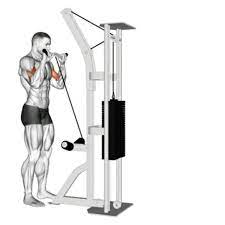
- Initiate with standing up with the torso upright at the time of holding a bar attachment that is associated with a low pulley using a palms down and shoulder-width grip.
- Put the elbows, and bring the bar up to the chest by flexing the elbow.
- Contract the muscle and hold for a few seconds.
- Slowly lower the bar back down to the arms’.
- Repeat for 10 numbers of repetition.
Tips
- The body should remain fixed.
- Only the biceps can be used to move the weight.
- Stop at the top of the movement and squeeze the biceps.
- Make sure that the elbows are kept near the sides with the knees slightly bent, and the hands gripped tightly to the bar.
Barbell Reverse Curl
The barbell reverse curl is an assured component of a barbell arm workout. The pronated grip that a patient is using will grasp the brachioradialis muscles for a person to be able to move the weight during the exercise.
How to perform Barbell Reverse Curl
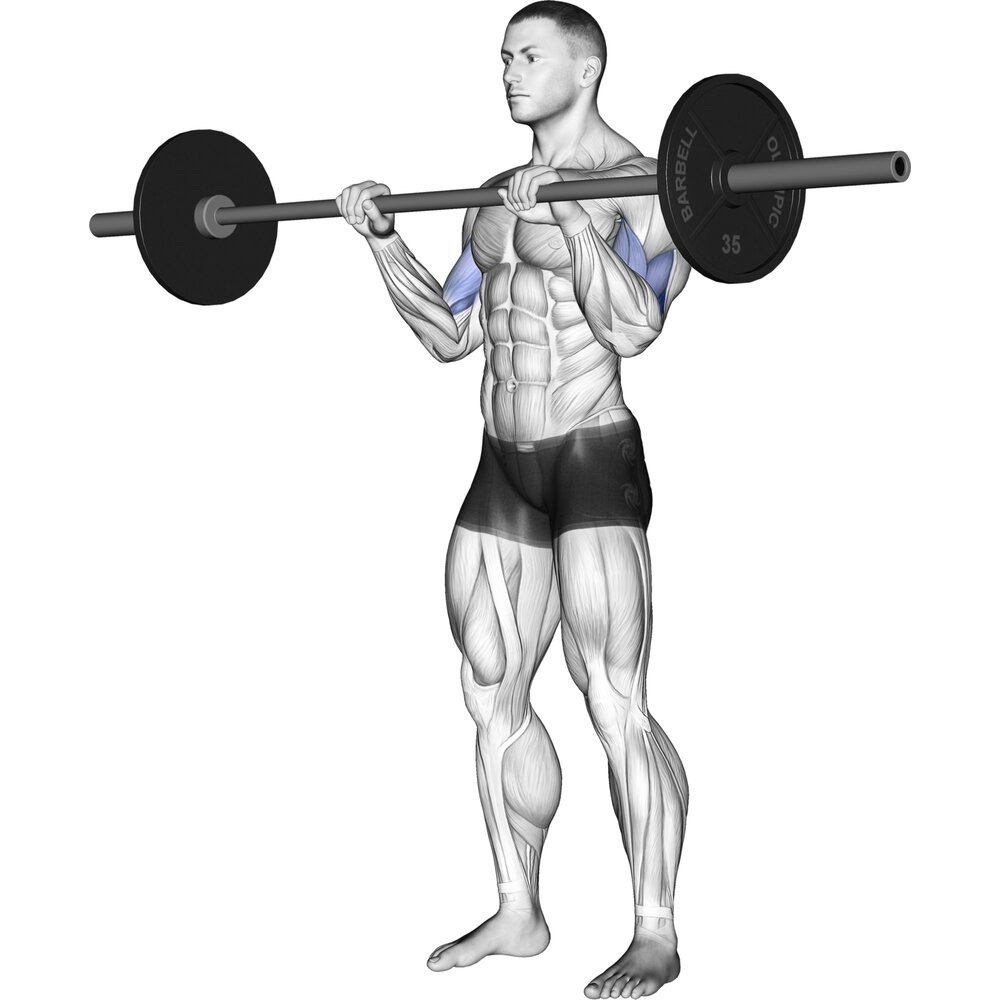
- Grab the bar with a shoulder-width grip with the hands on top of the bar (pronated grip)
- Curl the bar up to shoulder level by slightly bending the elbows.
- Keep the bar back down to the arms’ extended position.
- Repeat for 10 reps.
Tips
- The body should remain fixed.
- Only the biceps muscle should be utilized to move the weight.
- The motion should happen at the elbow.
- Ensure that the elbows are kept close to the sides with the knees slightly bent, and the hands gripped tightly to the bar.
Zottman Curl
The dumbbell zottman curl is a variation of brachioradialis exercise that may help a person correct muscle imbalances in the middle of the forearms. The Zottman curl uses different hand positioning at different parts of the lift.
How To perform Zottman Curl

- Take the dumbbells in both hands.
- The palms should be facing up as the individual curls the weights up to the shoulders.
- Then, hold for a few seconds at the top of the movement.
- Slowly twist the grip so the palms are facing downwards.
- Lower the dumbbells slowly back to the normal position utilizing an overhand grip.
- When the dumbbells are near the thighs, again turn the hands while back to the beginning position.
Tips
- Perform this exercise in a gentle controlled manner for desired results.
- Do not lift heavy.
- Choose a low weight and focus on perfecting the exercise.
Prone Dumbbell Incline Curls
- Like preacher curls, prone dumbbell incline curls also make it harder for the person to “cheat” and use other muscles to help him lift the weight.
- If the gym doe not have a preacher curl machine, prone dumbbell incline curls may be a good alternative brachialis exercise to add to the workout.
- Adjust an incline bench to about a 20-30 degree angle
- Grab a dumbbell in each hand and set up facing the bench so that the chest is pressed against the back portion
- Keep up the feet flat on the floor and make sure the shoulders are level with the top of the back of the bench.
- Make sure people are holding the dumbbells with their palms facing up.
- On an exhale, flex the elbows and raise the weights toward the shoulders
- Squeeze the arms at the top of the exercise, then slowly lower them back down as a person inhale.
Dumbbell Hammer Preacher Curl
The dumbbell hammer preacher curl is a very great exercise that targets the brachioradialis, brachialis, and bicep muscles.
How To perform Dumbbell Hammer Preacher Curl

- Adjust the preacher bench seat height so that the arms are level with the top of the bench.
- Take a dumbbell in both hands with a neutral hammer grip and rest the arm against the bench with the arm extended fully down.
- Gently curl the dumbbells up, and keep the arms on the bench at all times, until an individual reaches the top position.
- Hold for some time, squeeze, and isolate the biceps.
- Repeat the 10-number repetitions.
Tips
- Perform this move in a slow, controlled manner for the best results.
- Do not lock out the elbows to prevent a bicep injury.
Cable Hammer Curl
The cable rope hammer curl workout is an arm-focused exercise done with a rope handle attached by a cable to a weight stack. It uses a neutral (palms facing one another) grip, which mostly targets the forearms and brachialis muscles in addition to the biceps.
How To perform Cable Hammer Curl

- Affix a cable to a low pulley and stand facing the machine.
- Grasp the rope with a neutral grip.
- Put the elbows in by the side and keep up them there stationary at the time of the whole movement.
- Pull the arms until the biceps touch the forearms.
- Hold for a second.
- Gently initiate to bring the weight back to the original position.
- Repeat for the suggested number of repetitions.
Tips
- Stand straight up, keep up the natural arch of the back and the torso stationary.
- Try to remember to keep up the elbows in and the upper arms stationary.
- Do this exercise slowly so that the momentum does not help in the movement.
FAQ
The brachialis muscle is situated in the lower anterior compartment of the upper arm. It is located underneath the biceps brachii muscle and at the inferior part of the humerus bone, which goes from shoulder to elbow.
Function. The brachialis is the greater flexor of the elbow. It has a greater cross-sectional area, giving it more strength than the biceps brachii and the coracobrachialis.
The brachialis muscle is powerful and frequently overlooked in the arm. Training this muscle may lead to a variety of benefits, involving improved strength and power, increased range of motion, better posture and shoulder stability, decreased risk of injury, and enhanced overall performance.
Pain is usually caused by heavy lifting using an improper technique (bent elbows) like picking up children or working with heavy tools. Sprains, sports injuries, or long hours working at a computer can also lead to pain.

